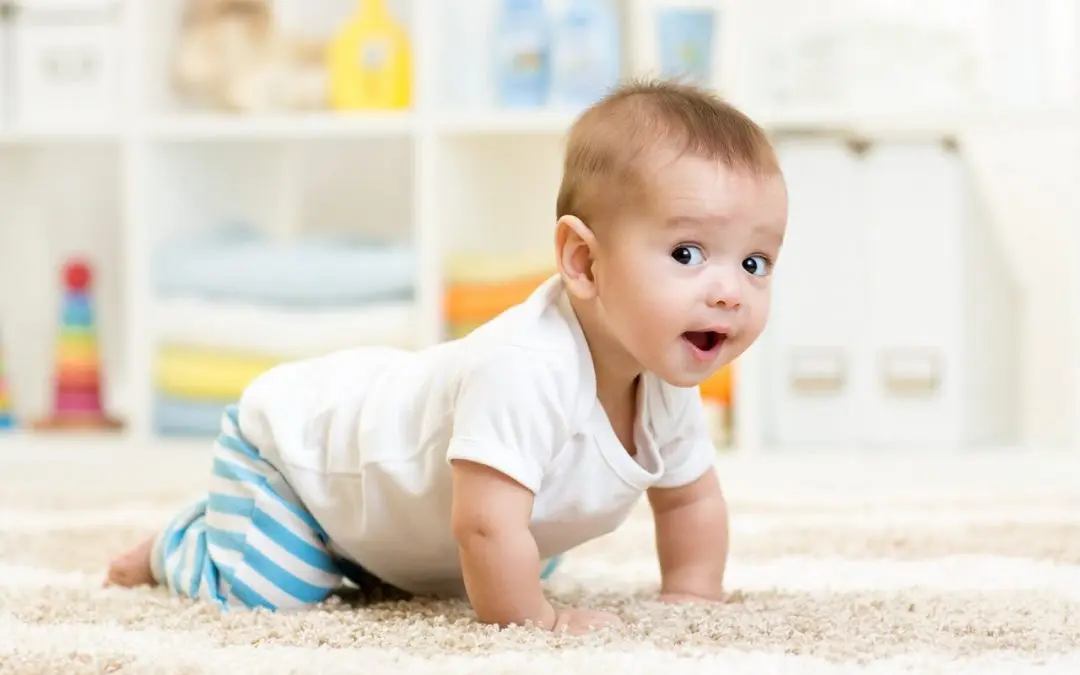If you have a baby on the way or a newborn at home, it is essential to make the living spaces safe. It may seem like a tiny infant can’t get into much trouble, but you’d be surprised. Babies are curious and love to explore so it’s best to take precautions to avoid dangerous situations. Here are a few tips and tricks to babyproof your home.
5 Ways to Babyproof Your Home
1. Keep the Bathroom Safe
The bathroom is an area that a curious infant may want to explore. One of the easiest ways to babyproof the bathroom is to keep the door closed and locked. Babies can drown even in a small amount of water so toilets, bathtubs, and sinks are particularly dangerous.
Many people store cosmetics and medications in the bathroom cabinets and these products can be toxic if ingested. Install cabinet locks and keep medications and household cleaners on high shelves and out of reach.
2. Anchor Furniture to Babyproof Your Home
When your baby is learning to walk, he or she will pull up to a standing position, often using furniture to stabilize themselves. Bookshelves, coffee tables, and even the entertainment center can pose a risk to a small child. If a baby pulls up on furniture, it may topple over. Mount the television on the wall and remove lamps from side tables to prevent them from falling. Install wall anchors to heavy pieces of furniture to keep them upright.
3. Avoid Electrical Hazards
Small children love to explore, and electrical outlets are often positioned lower on the wall and within easy reach of toddlers. A curious baby may stick their fingers or small toys into the electrical outlet. Install outlet covers that are difficult for a child to remove. Some of these covers are inserted directly into the outlets, while others are box-like and close over the outlet.
4. Invest in Gates to Babyproof Your Home
Safety gates are a necessity when it comes to babyproofing your home. These gates can be placed anywhere around the house to keep kids from accessing dangerous areas. Install a gate at the top and bottom of a staircase. This will prevent your child from falling down the stairs or climbing up them. These barriers are easy to install and can be moved around the house. It’s a great idea to have a few gates to easily block off areas of the home as needed.
5. Babyproofing Means Covering Hard Corners in Your Home
Tumbles and falls happen when small children are exploring. Babies don’t have the greatest balance when they’re first learning to walk. To provide some protection, use corner guards and edge bumpers on hard surfaces such as coffee tables and fireplaces.
It’s important to understand that babyproofing isn’t a substitute for monitoring your child. It’s difficult to keep an eye on them all the time and making the house safer will minimize risks for your baby.
Second Opinion Home Inspections offers inspection services to customers in Door and Kewaunee counties. Contact us to request an appointment.

